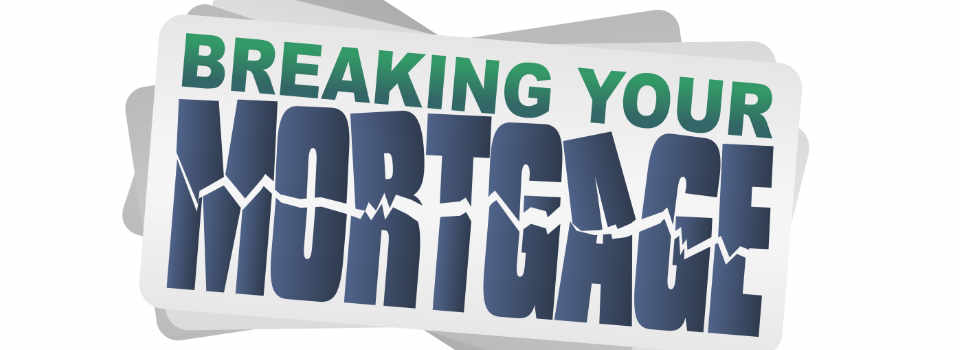This article appears in the April issue of Our House Magazine
Looking back at predictions from 50 years ago of what a home would look like and be able to do today, it’s almost laughable. Back then, the home of the future would include rooftop pools that act as air conditioners and a garage for our airplane automobile that has folding wings. Fast forward 50 years from now and depending on where you live in the future, a garage for your car may not even be needed.
Dave Pedigo is the VP of Emerging Technologies with CEDIA, a North American association representing the home technology industry. In 50 years from now, he believes homes will be filled with artificial intelligence, doing things we could only dream of today. The home will know what you like and don’t, where you spend more time and adjust accordingly. Don’t like doing laundry? You might not be alive to see it, but your offspring probably won’t have to worry too much about the annoying chore. There will be one machine that washes, dries and folds all your laundry and a robot to put it away.
Pedigo also predicts the future home will know your health better than you, calculating when you’re on the path to a catastrophic event like a heart attack days before, all while calling emergency services when needed.
“It’s going to be an incredibly, incredibly intelligent home,” he told Our House Magazine. “It will make our lives a lot easier.” While some of that technology is a lifetime away, some of it is closer than you think.
Pedigo explained a couple years back, CEDIA had an opportunity to design and display a home of the future for an exhibition. The home included a concrete wall that will appear invisible. With a touch of a button, the wall will come alive giving you the opportunity to display anything, even the previous day’s weather if you wanted. That feature may only be 10 years away.
“I think in general the goal is to make the home more comfortable, more enjoyable and healthier,” Pedigo said. “By the time we get to 50 years from now, it’s going to be amazing.” Pedigo also noted new technology tends to start off being for the wealthy, but quickly expands to the masses at a much cheaper cost.
We know technology will be a big part of homes, but they still have to be constructed. And the bones of a home will also look very different in the future.
Larry Stadnick has been building custom homes in the Calgary area for decades under his company Corey Homes. He believes homes in the future will be sleek, smaller and very efficient. The builder also sees homes getting boxier, flatter and similar to the mid-century modern style.
The trend Stadnick noted is to build the shell of the home using the insulated concrete form (ISF) which makes the home more energy efficient, quieter and stronger in a natural disaster. The
ICF is basically a cinder block, surrounded by Styrofoam with concrete in the middle. About 30 per cent of new homes in Calgary use the ICF today with that number expected to grow to 40 per cent in the next five years, according to Stadnick.
“With ICF you can control everything, you have total control of the environment [in the home],” he said.
If you talk to anyone with a heritage home built about 100 years ago, they’ll swear the quality of the home is far superior to anything new. But Stadnick sees it very differently, arguing the traditional wood frame home “sucked”, adding their construction was dependent on the forest industry, and how they would react in the weather.
While the latest technology may improve the home in a number of ways, it’s not particularly cheap. And cost is partly why Stadnick also suggests homes in the future, especially single-family homes, will be much more expensive.
“I’d be buying one now if I was a young kid,” he said, adding the cost of material and available land will also continue to rise. The insides of homes in the future will also be healthier.
The Calgary home builder noted the construction industry is already staying away from certain plastics and materials that can be toxic.
Meanwhile, the organization tasked with representing the residential construction industry in Canada is also looking toward the future.
David Foster, a spokesperson for the Canadian Home Builders’ Association, said his organization is working on new national building codes that will come into place in the 2030s.
He too sees a home that will be extremely energy efficient and safer to live.
The CHBA already has a program in place called Net Zero Housing, where the home generates as much energy as it consumes.
As for safety, Foster pointed out the number of residential fires has plummeted in recent decades and the trend will continue.
“We’re building homes that are more comfortable, healthier to live in, and that will just continue,” Foster said.
The single-family home could also be an endangered species 50 years from, especially in urban areas. With millions of people expected to flood the larger population centres, the CHBA, believes the majority of homes will be multi-unit developments near transit.
But back in Calgary, Stadnick jokes he won’t be around in 50 years to see the home of the future, although he’s confident they’ll be better than today and people will enjoy them just as much. “I’ve lived in more than 30 new homes and every one of them was exciting, and new and fresh and fun.”






